Would you look at that, it’s Friday again! And here’s our roundup of intriguing news about all the things that make cities tick. As always, this post was lovingly compiled by hand. Thanks to our supporters for making our work possible. If you’d like to join them, hop aboard!
The Week in Greater Auckland
- On Monday, Matt looked at the plans for Te Ara Tukutuku, the proposed greenspace on Wynyard Point.
- On Tuesday, Matt discussed the government’s announcement around congestion pricing, aka “time of use charging”.
- Wednesday’s guest post by Pete Moth highlighted the expansion of Auckland’s Frequent Transit Network. Pete was also on RNZ last night, for a fascinating discussion of the ideal distance between bus stops.
- And Thursday’s guest post by Malcolm McCracken celebrated the benefits of mixed-use development, aka homes over shops.
Matt also spoke to Stuff’s Newsable podcast on congestion pricing – you can hear the episode via Apple Podcasts or Spotify, and Matt’s at around three minutes in.
Bi-partisan what now?
As we commented on Twitter this morning: this government releases the most unbalanced ideological transport policy in decades and then claims to want bipartisan infrastructure agreement? What a joke.
In our view, if you want bipartisan agreement, David Parker’s draft GPS on land transport from last year would have been a good place to start: long-term projects across all modes, a bunch of equally weighted priorities, and no weird culture war on safety, walking and cycling… but of course Simeon Brown trashed it in favour of narrow and ideological overreach.
(Above all, we think a GPS should be evidence-based and focused on the most critical issues, rather than aiming for “agreeable to all” beige-ness. But just saying.)
Have your say on the Emissions Reduction Plan – feedback now open until Sunday!
Public feedback on the second Emissions Reduction Plan (aka ERP2) closes at [updated!] midnight Sunday 25 August. The plan is, in our opinion, shockingly short on smart and simple ways to decarbonise transport – and experts say it puts our global reputation at risk. Meanwhile, the planet continues to heat up dangerously and is approaching multiple irreversible tipping points.
Here’s the page with all the info on how to give feedback.
Need some help formulating your thoughts on the ERP? The good people of Climate Club have shared these handy links:
If you have 5 mins:
Climate Club’s fast submission guide (general)
Don’t Subsidise Pollution’s guide (ending free carbon credits for big polluters)
Rewiring Aotearoa’s guide (energy systems & electrification)If you have 15 mins: Use the submission guides above, but personalise it – this makes it much more effective. You could even pick & choose your favourite points from all three!
Bonus: Gather submissions from your community with this guide
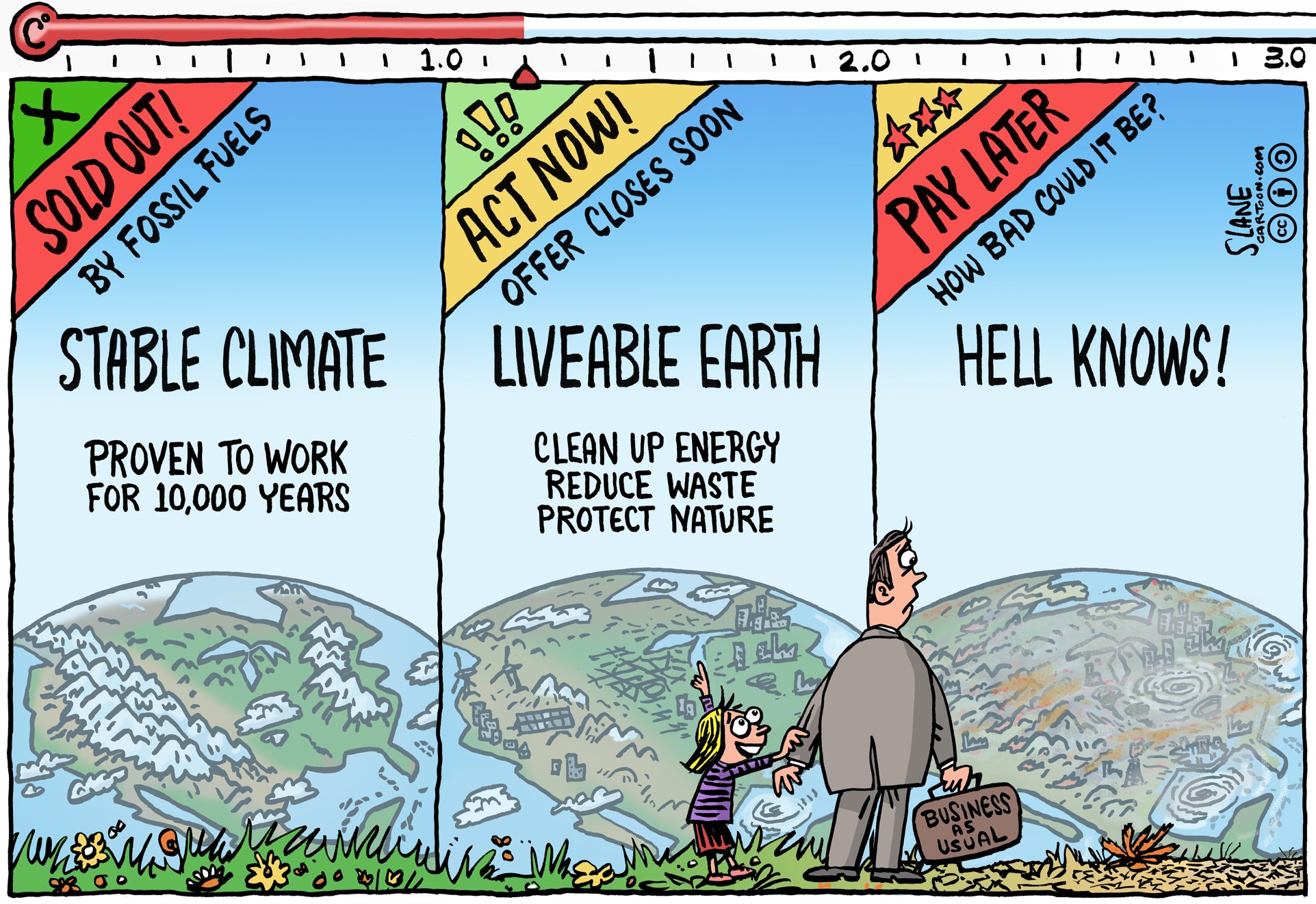
Best bollard booster, bar none
Via Adam Tranter on Twitter, meet ‘t Amsterbarettje, a startup producing pop-up bar tables specially designed to slot over the famous bollards of Amsterdam, aka Amsterdammetje.
Brilliant. Who’s up for crafting the Auckland equivalent – and what would you call it?
Giving public transport a sporting chance
The Guardian says “bravo” to Paris, with particular enthusiasm for how well the Olympic Games meshed with the city:
The decision to stage the competitions in existing venues, and to encourage everyone to use public transport, ought to be a model of how to hold the Games in the 21st century.
They managed to be in the city, without taking it over. And when it’s all over, there won’t be derelict arenas left behind, no great white elephants squatting unused in the middle of the city, no rickety scaffold towers that need to be turned into slides.
Momentum magazine lists what the rest of the world can learn from the bike infrastructure showcased during these Olympic Games:
There is a reason Paris’ story is being communicated around the world, and that is because the city is more than happy to celebrate its accomplishments and let people know it is working.
And Paris now passes the torch to Los Angeles, where Mayor Karen Bass promises the 2028 Olympics will run on public transport:
Transit is a key element of the city’s planning, and [Los Angeles Mayor Karen] Bass has said that the 2028 Olympics will be “no-car Games”.
“We’re already working to create jobs by expanding our public transportation system in order for us to have a no-car Games,” Bass said. “And that’s a feat for Los Angeles, as we’ve always been in love with our cars. We’re working to ensure that we can build a greener Los Angeles.”
The city plans to borrow 3,000 buses for the Games and public transportation will be the only way to access Olympic venues in LA, Bass said.
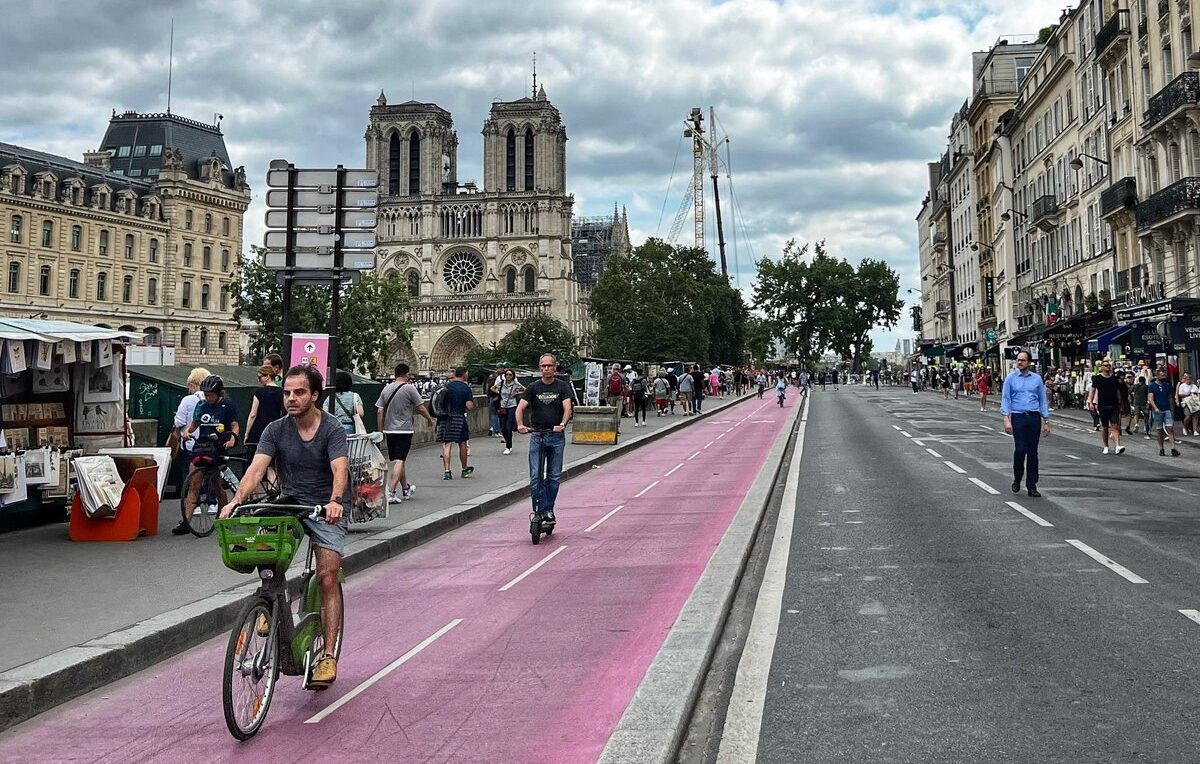
Meanwhile in Auckland…
Following recent discussion of access to stadiums, regular reader Garth shared this account of a recent attempt to get to a game via public transport:
Last Friday my friend had a spare ticket to the Warriors at Go Media Stadium. We agreed to meet at Glen Innes and catch the bus… hmm, not free? Really? There are 25,000 people going, and every Blues game has free PT on the day, with lower crowds.
No problem, though. Got to the game – very smooth as expected.
Time to go home, though, and it all goes wrong.
- No special marshalling point for the bus, so it took 20 minutes to move 200 metres as the regular stop was besieged by taxis and Ubers.
- OK once moving – then, disaster: the bus stops at Panmure station and we’re all ordered off the bus as the driver has hit his time limit and has to return to the depot, due to the delay at the start.
- Next bus is 30 – 40 minutes away. OK, we will catch the train… but hmm, trains are done for the night (as by this time it’s about 10:45 pm).
- We found an Uber. This was OK for us, but there were approx a dozen 12-15-year-olds on that bus, too.
Why oh why can they not get this stuff right? I mean, that stadium is literally owned by Auckland Council!
Safe streets are normal and nice
Raised crossings and other safety treatments are rolling out in Nelson under the watchful eye of former National MP, now Mayor, Nick Smith. A million-dollar project has fixed a dodgy roundabout that sits at the intersection of shops, a park with a playground, near schools, andand along a key cycle route.
Colette Jansen was cycling home from Nelson Market in January when a driver bowled her over. She was navigating the roundabout at Victory Square, a busy intersection where 26 accidents were reported between 2012 and 2021. Two of these resulted in serious injury, and eight involved cyclists. […]
On Wednesday, Jansen and her husband joined a handful of Nelson councillors and Victory residents in a small celebration to mark the new and improved roundabout.
After a $1 million upgrade, funded by the New Zealand Transport Authority Waka Kotahi, the roundabout now has raised crossings and an extended footpath on its south side. […]
Nelson mayor Nick Smith had spent some time watching vehicles navigate the intersection.
“It’s fascinating watching the changed vehicle behaviour as a consequence of having the raised crossings slowing the speeds as people enter the roundabout.”
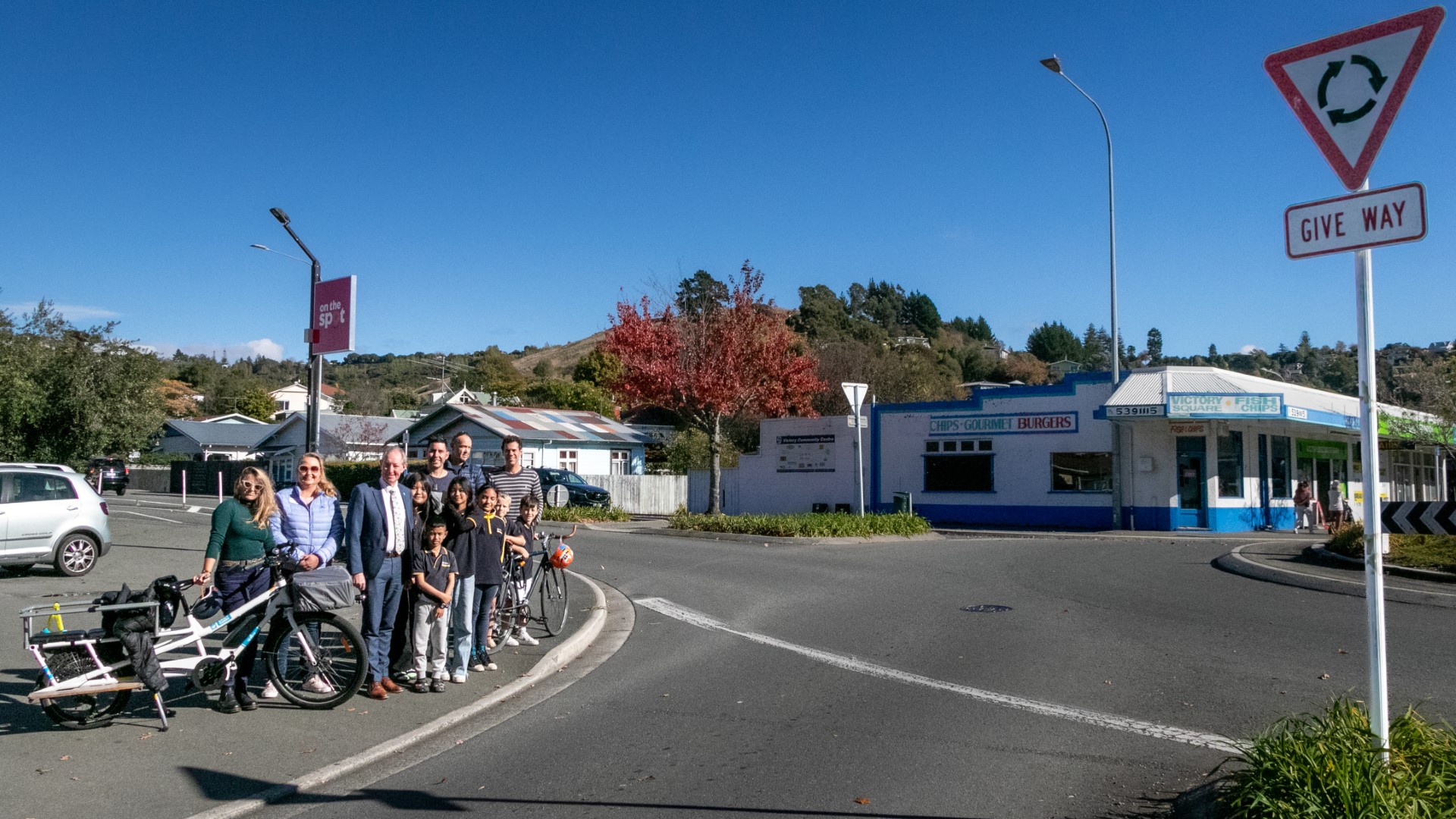
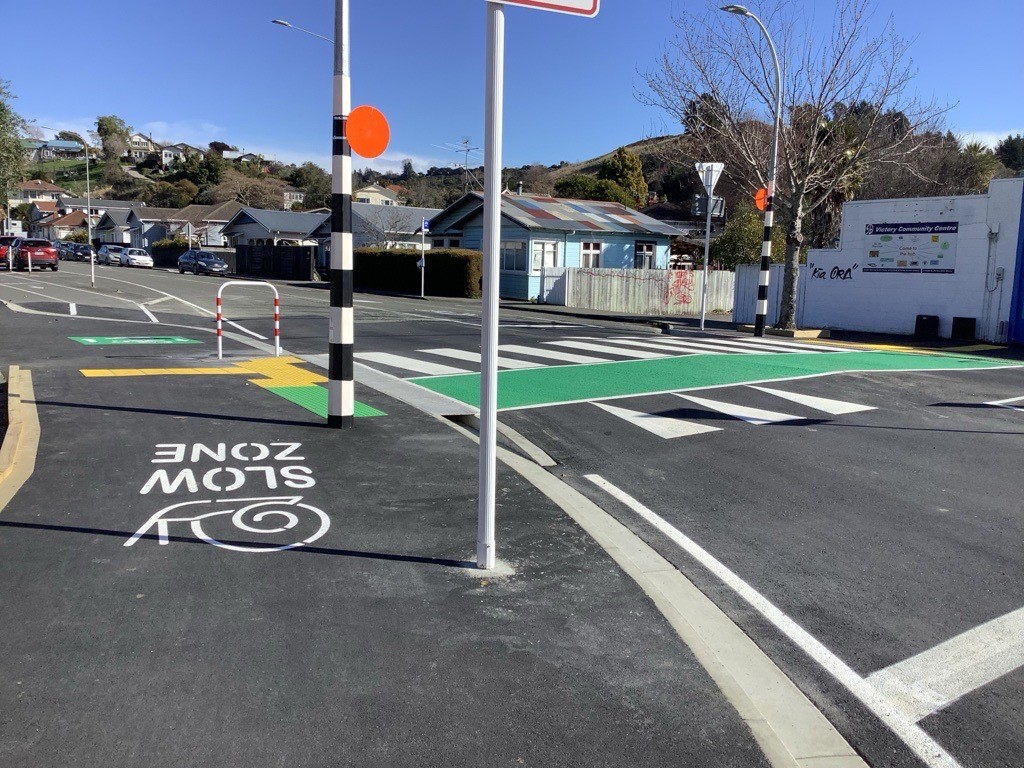
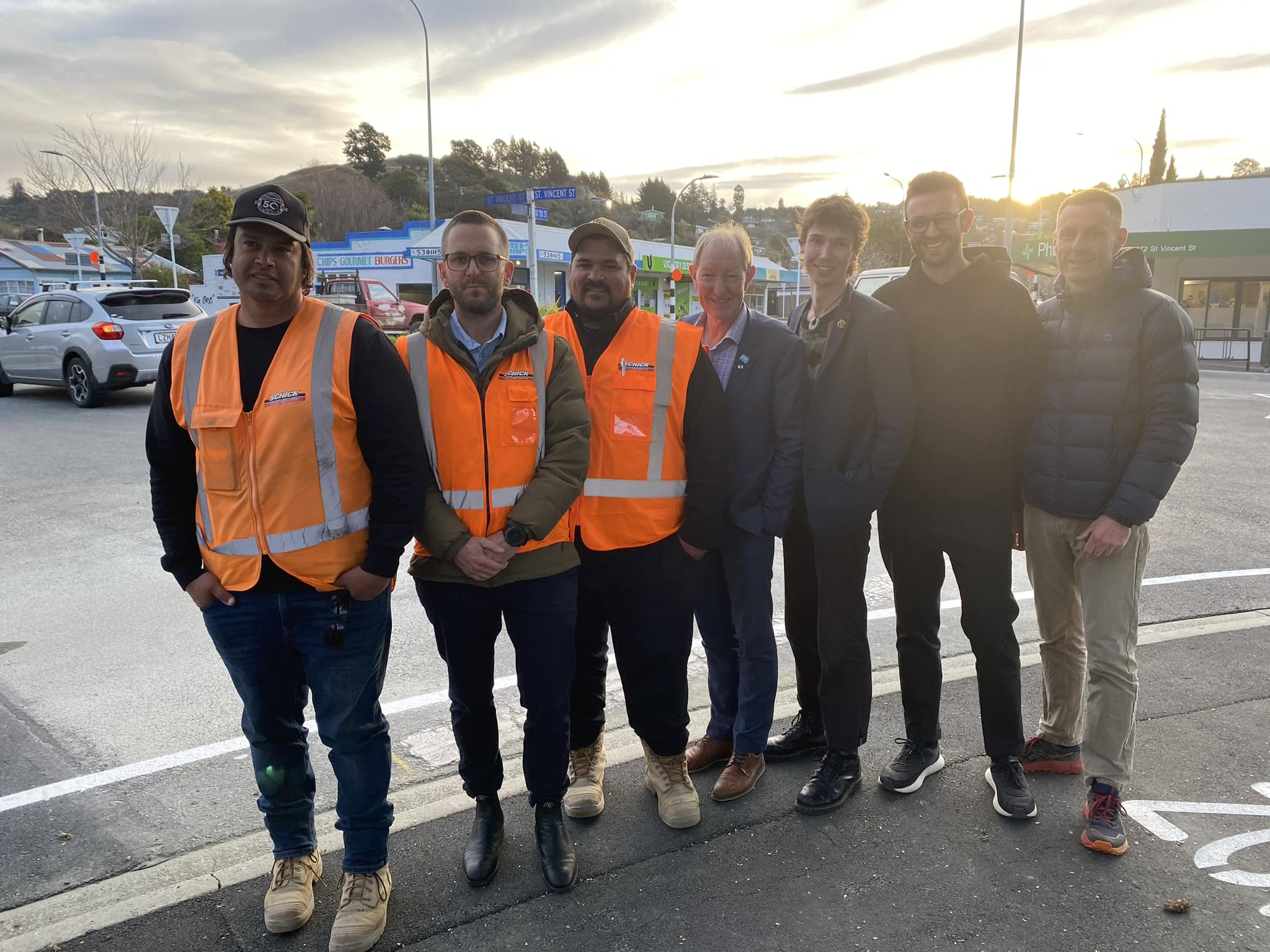
The project and others like it have drawn strong support, including from local schools, as reported earlier in the year by RNZ. This sounds like exemplary community decision-making for the greater good.
Nelson mayor Nick Smith said improving the road design in areas where crashes frequently occurred was a council priority.
“This Victory roundabout is an accident black spot and heavily used by residents, commuters, children and cyclists travelling between central Nelson and the Railway Reserve.
“The new crossings will go a long way towards improving the safety of the roundabout. The measures have long been called for by the Victory community and I am pleased this project is getting underway.”
Victory Primary School tumuaki Dan George also welcomed the roundabout upgrade.
“As a community-centred school, we fully tautoko any initiative that helps keep our tamariki and community safe. Many of our children walk, bike, or scooter to kura and the new crossings will give them more confidence in doing so. It’s a big thumbs-up from us and we’re very grateful.”
KidsCrossing Nelson Whakatu Facebook page administrator and safe travel advocate Andrea Warn said Victory had many residents who did not drive, so their only form of transport was walking or cycling, and this roundabout was unsafe to cross.
Council acting group infrastructure manager David Light said raised crossings were chosen for this project because they offered both pedestrian safety and traffic calming benefits.
“Raised crossings act as a physical reminder for drivers to slow down. These raised platforms, which have zebra crossings marked on top, give pedestrians and cyclists the right of way.”
Safer streets and shared paths for walking and cycling are also rolling out in Kihikihi, likewise co-funded by Waka Kotahi and backed by the local council. The Te Ara Rimu Pathway project includes a new roundabout, a controlled crossing for the local school, raised pedestrian crossings for greater safety, and continuous walking and cycling paths suitable for all ages – plus clever cul-de-sacs that filter traffic, with a green bonus:
Fruit trees have been planted at the end of the newly formed cul-de-sacs. These include limes, lemons, mandarins, oranges, feijoas and plums.
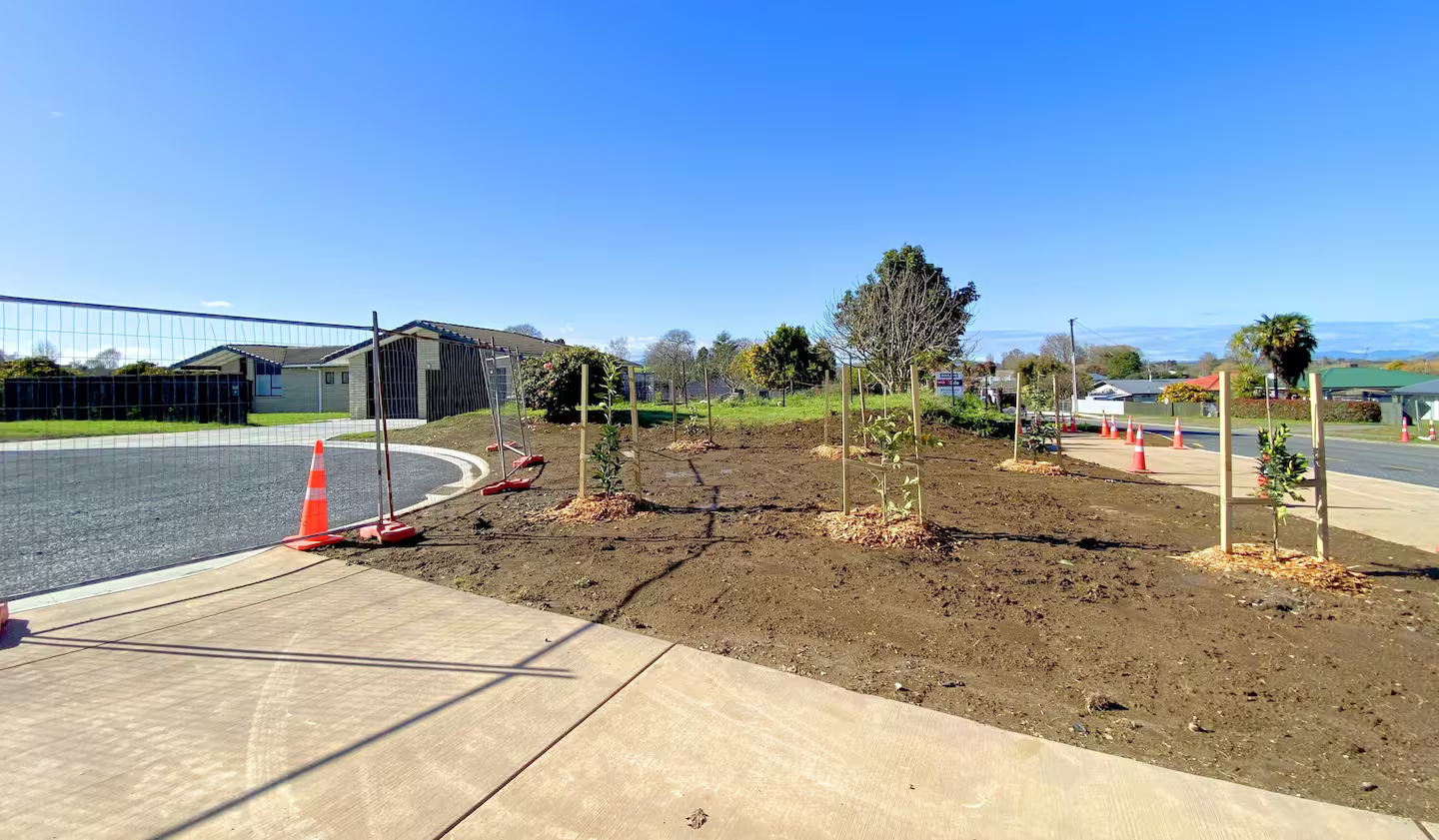
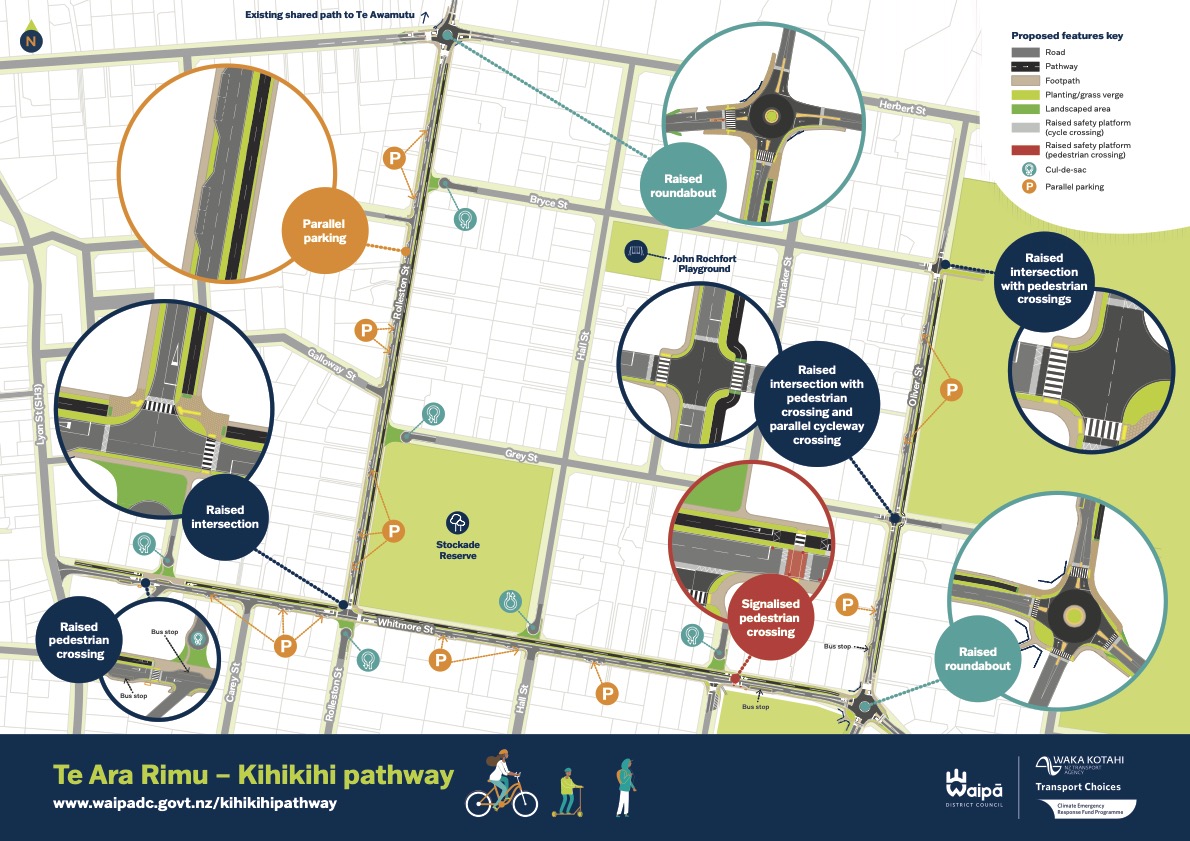
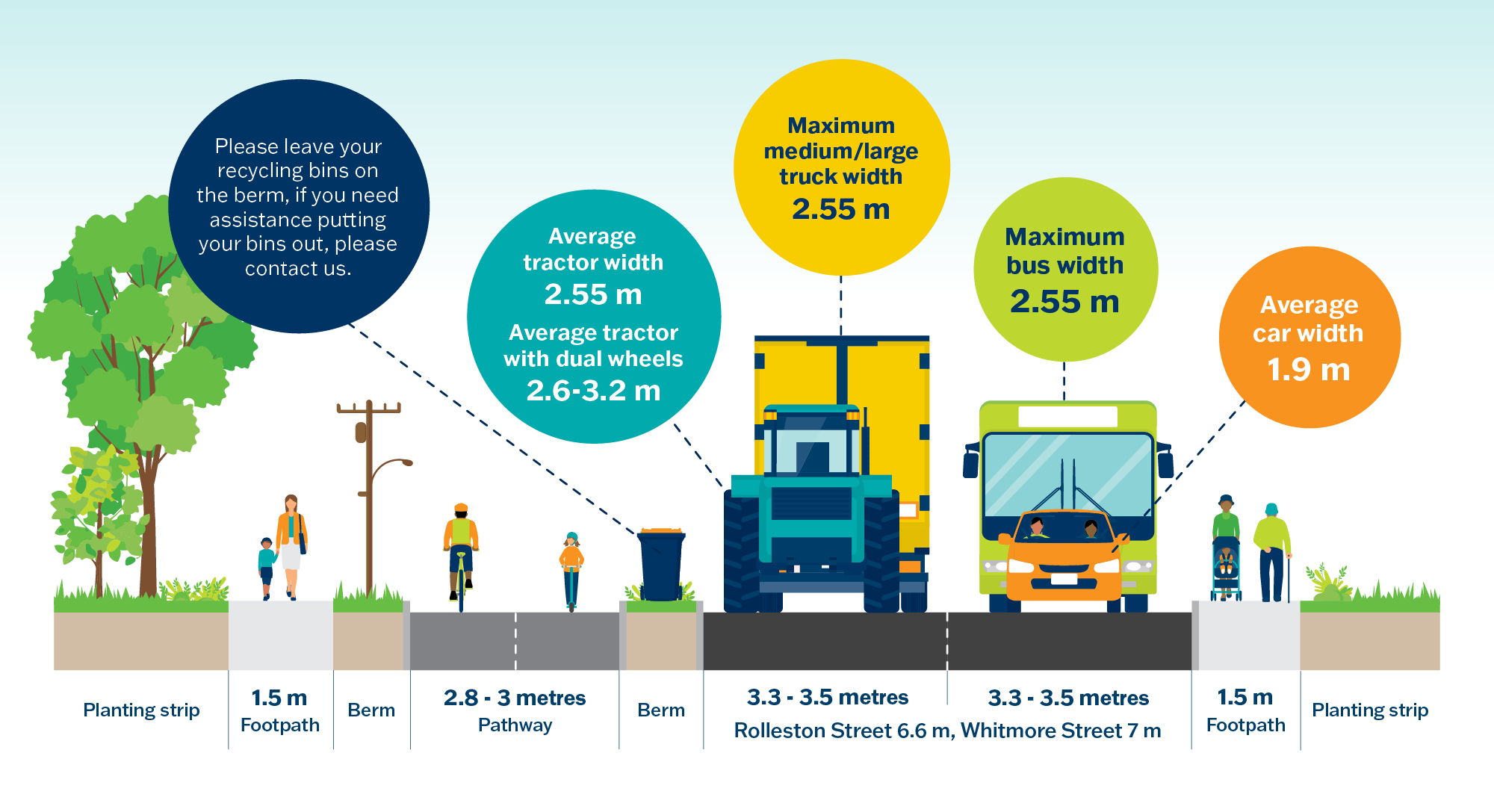
Currently well underway, the Point Chevalier and Meola cycleways give a glimpse of a world where it’s perfectly normal and nice to have this kind of thing in your neighbourhood. Pass it on!
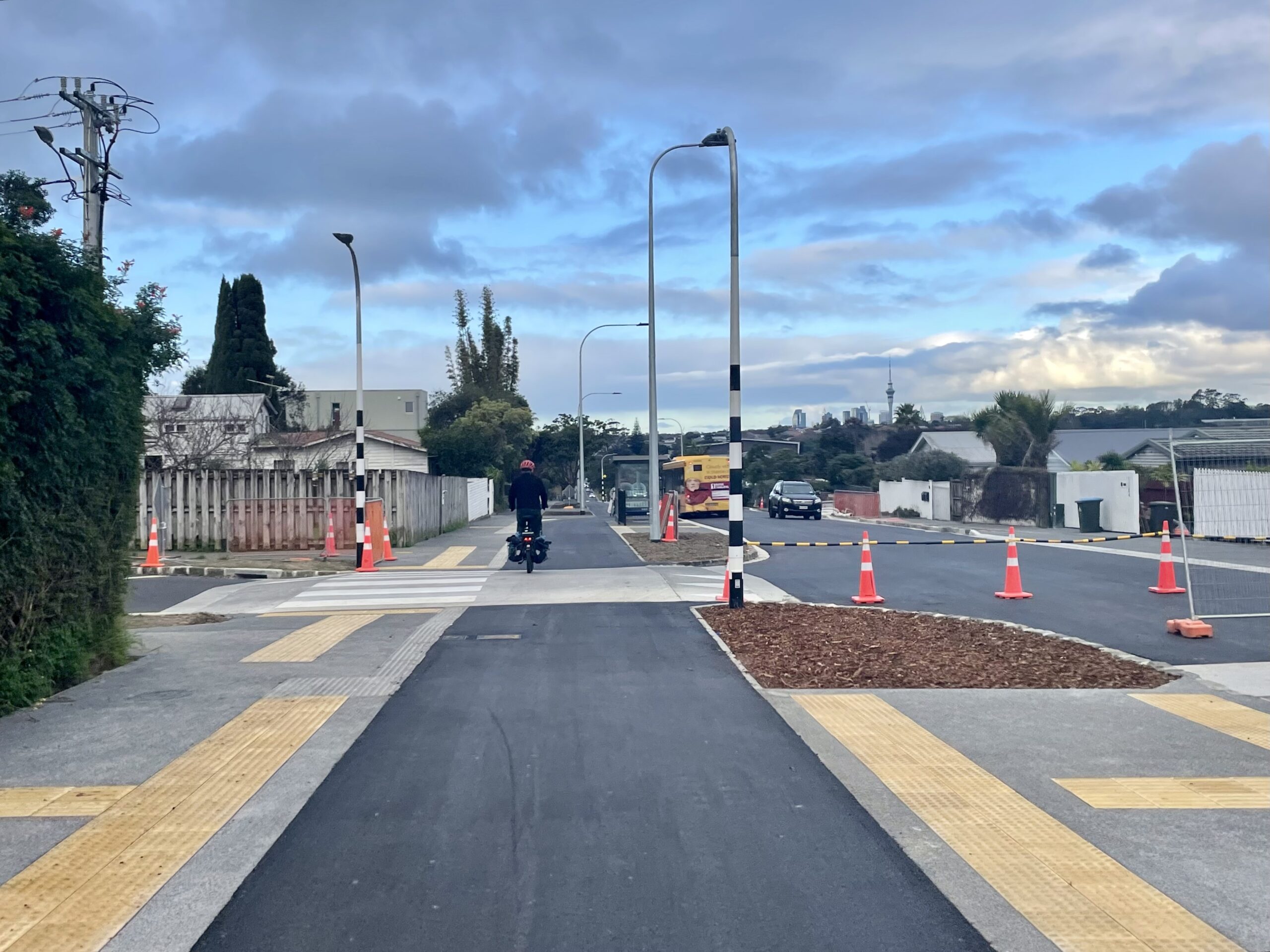
An ode to The Civic
With the Film Festival wrapping up this weekend, please enjoy this tribute to Auckland’s fruitiest theatre, by Toby Manhire of The Spinoff:
Above, past the green glowing spiral towers, beyond even the big cats and mad winged globe that perch above the proscenium arch, is an epic starscape, complete with rolling clouds. Even though I know it’s there, every time I go my head tilts inexorably back, as it did again last night, like a gaping fairground clown.
Who knows what was going through the minds of Australian architects Bohringer, Taylor, and Johnson when they designed this thing in a hurry, a mishmash of inspiration under commission from the effervescent developer Thomas O’Brien, who got the Civic built, incredibly, within eight months. (Alas, things went awry for O’Brien; he was bankrupted not long after, and legged it to Australia.)
“One gets the idea of an Eastern potentate’s palace,” was the impression of the Auckland Star in December 1929 upon walking into this newly opened “wealth of ornament”.
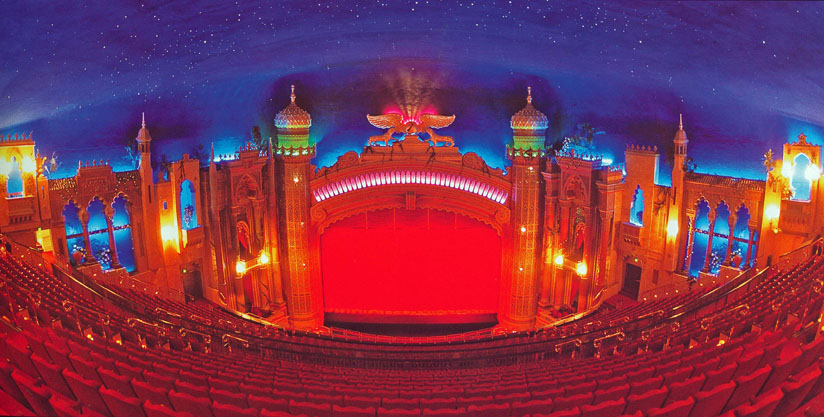
The Māori city
Via E-Tangata, a great read on the past, present and future of the Māori city by Professor Anthony Hōete of the University of Auckland/ Waipapa Taumata Rau. The essay is included in Urban Aotearoa: The Future for Our Cities, edited by David Batchelor and Bill McKay (Bridget Williams Books).
The whole piece is highly illuminating – here’s just a taste:
Auckland has 50-odd volcanic cones, which developed into an extensive network of monumental and defendable settlements. Combined with a strategic maritime location, Tāmaki Makaurau was an unparalleled centre — the nexus of complex inter-tribal relationships and connections, transit and trade in Māori society.
The mountains were significant settlement areas of birth, battle and burial, yet some have been trashed. Ōhuiarangi, Pigeon Mountain, has been quarried in half. Rarotonga, Mount Smart, has had its entire cone obliterated.
The rise of green politics worldwide since the 1960s and the relatively recent realignment of global policies towards protecting the natural environment were already part of Māori mana and mauri towards taiao centuries ago. The tihi (top) of a maunga holds great spiritual and cultural significance and has always been a place to be treated with respect.
Reverence was often scant though, with motorcross events being held in the crater of Maungawhau in the 1970s. To restore honour, the Tūpuna Maunga Authority removed vehicular access — people before cars — from the tihi in 2016. The mountains are now car-free cities.
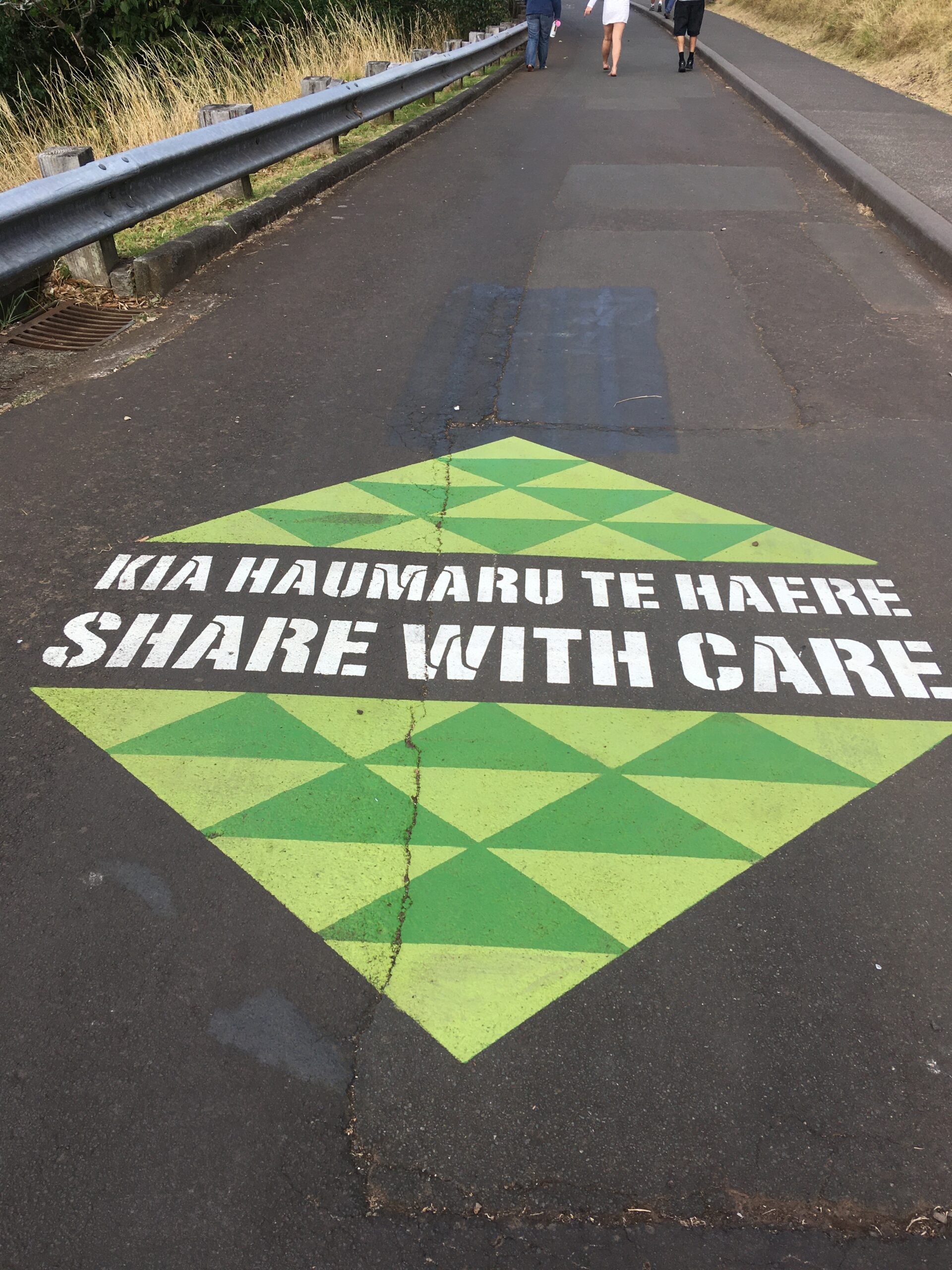
That’s us for the week – as always, feel free to share your stories in the comments. Climb a maunga near you, and enjoy the weekend!




 Processing...
Processing...
We are headed for the “Hell Knows, Pay Later” option weather NZ does anything or not. China and India are just going to keep using more and more coal so why does it matter anymore. Anything we do is immediately going to get counteracted by 20 new massive coal fired power plants. And in other countries it’s just massive new gas fired power plants or in the UK sawing down trees in Canada then shipping them over to the UK to burn is green energy. Yes climate change is real BUT it’s too late to do anything we are headed for the 3rd option weather we do anything or not.
This is the wrong way to frame things, there is still a huge range of outcomes ahead depending on what we – globally and nationally – do, and that will result from whatever we do now. Every nation has to do its part, but we can only dictate the policy of our own. Giving up now and pointing at China and India and whoever is simply assuring the suffering of billions when it could be hundreds of millions.
This!
Sadly enough, this is also a common point made in Germany. Germany has the 8th highest carbon dioxide emissions in the world and the 3rd largest economy. But sure, nobody can change anything…
Then you can break it down to smaller regional levels (or even states in the US) – why should [this unit] change anything, if China and India?
Same is true for those countries – Why should they shut down these few coal power plants in this region, if the other country still emits more?
We have to start somewhere. Every single coal power plant that can be replaced helps. And as Phil said, there will still be differences between sea level rise of 50cm, 1m or 2m and more. There will still be differences whether crazy dry periods occur every other year or every year on average. There will still be a difference whether we get hit by something like Gabrielle every year, every 5 years or every 10 years.
Also, pretty much every climate change response that is being proposed has other upsides. Unless you fundamentally believe that having better buses is a negative, or that changing faming practices to be more sustainable should ONLY be done if it “fixes” global warming.
Also, even if we are past the point of no-return for major issues (we probably are), a house fire that already rages out of control CAN very much get even worse if you throw more fuel on the fire.
Things aren’t bloody binary. Treating climate change like a “we’ve lost” matter (or even focussing only on adaptation) is a fundamentally defeatist attitude that isn’t worthy of humanity. Not of the current humanity, or the future generations.
I agree Max I want a better NZ. But paying taxes into emissions schemes and using public money to buy electric boilers for private companies isn’t the way to go. Forget about the emissions for a second it’s a battle we’ve lost. Let’s think about farming runoff into waterways instead or the fact Auckland especially has contributed to tonnes of plastic in the ocean by sending it off to “some other country”. There are many environmental issues we can fight but climate change is lost until China stops increasing its emissions.
The New Zealand I grew up in and love is one where we took pride in being leaders and overcoming difficult odds for a tiny country (Hillary, Rutherford, Polynesian navigators, All Blacks). A country that said we can set the example for the world to follow. Not apathetic giver uppers in the face of bigger countries trying to bully us.
We’ll be affected and aren’t removed from the consequences of climate disaster. So now is the time we again need to choose to be global leaders, implement the change, develop better technology, work out how to make a prosperous economy in different ways than dependence of fossil fuels. It will put us in a great position to leverage our technology and talent that we develop when the demand for it explodes on the global stage. It’s a massive opportunity for those who want to take the challenging path.
Or we could just cry that we can’t do anything and pretend the problem will just go away.
“What about the countries that manufacture all of consume goods we enjoy, have vastly move complicated/energy intensive needs due to existing climate issues, but still consume less per capita than us, don’t do enough?”
That’s the new line eh?
It’s the truth Jak. If they don’t pull back anything we do is pointless. The govt could reduce our emissions a huge lot if they did nothing at all other than ban everyday use items from being imported from overseas. We have NZ made laundry power, dish soap etc which btw I always purchase NZ made where possible. The emissions of an NZ made product will be much lower than an imported product particularly if that product comes from China.
So you are suggesting that we do something by banning these imports? Why stop there?
Hard to know where to start with your deranged nonsense, Radar. As they say, never argue with an idiot, he’ll drag you down to his level and beat you with experience.
Honestly, imagine believing the emissions of an NZ made product are lower than an imported product, particularly if that product comes from China. By far the largest proportion of emissions will be from raw materials – which may or may not be sourced locally (even for something like soap, but especially for manufactured goods). Next up is you: how you travel to buy a product, how you use it and how you dispose of it at its end of life. Getting something from China to NZ is relatively tiny in emissions terms (even with FF powered planes and ships) and those emissions are often offset by efficiencies of scale in production.
Besides, China’s emissions are heading down (finally) and for all the headlines about coal, they are absolutely smashing it in the clean energy transition – in 2023, they produced more energy from solar (580,000 GWh) than the next five countries combined. India just overtook Japan to take third place – meanwhile the USA is in second place and barreling along. In 2024, solar in China could well be double 2023.. it increased by 41,000 GWh in the month of May (which is roughly equal to NZ’s total annual electricity consumption from all sources) and consequently coal is heading below 50% this year.
More importantly, they are electrifying much faster than NZ. If you electrify, you have a path to decarbonise. The power stations will switch in time. Why? Because using electricity is so much more efficient than burning coal, gas, diesel or petrol directly whether for process heat or (land) transport. If you charge an EV from 100% coal fired electricity (or even a diesel generator) you get lower missions. Same with a heat pump.
Does this mean it all a bed of roses? No. Far from it. We’re in deep trouble. Globally, emissions are not yet slowing down let alone anywhere near zero. Everyone knows that.
Does NZ’s contribution matter? Yes, of course it does. Our emissions are roughly the same as Sydney’s, or Melbourne’s, or Scotland’s or LA’s, or [enter your Chinese city or Province, or similarly sized part of India or Brazil or wherever you want]. Should they act? Yes, of course. Everyone everywhere has to act.
To say that we should not is absurd and tragic. Get over yourself.
I can’t speak for India, but the most recent research I’ve done on China all goes something like this;
“China’s carbon dioxide (CO2) emissions are set to fall in 2024 and could be facing structural decline, due to record growth in the installation of new low-carbon energy sources.” Refer to these guys, they’re credible. https://www.carbonbrief.org/
The sadness for me is that yet again we’ve elected the “Farmer’s Party” and again they’ve kicked the can down the road. It was 21 years ago that the farming lobby drove a tractor up the steps of Parliament demanding preferential treatment. The China & India argument was used then and the Farmers got the can kicked down the road. Now 20yrs later they’re back pleading ‘hard done by’ again. Pleading again that China and India are the real climate problem. If every farm in the country was solar and wind powered and every tractor and quad bike electric and every farm waterway was clean I’d have some sympathy and be prepared to cut them some slack on a fart tax. I’m afraid my sympathy is running out.
The problem that’s coming for NZ is that as China gets done dealing with it’s own emissions it is going to put the heat on it’s trading partners, like little NZ. We are all going to suffer from the farmers who have spent many years in denial mode and an electorate that has allowed can kicking to persist.
You’re just parroting the latest fossil fuel company PR talking points as they move to yet another strategy to delay action. They’ve gone from one strategy to another over decades. Look into it. Maybe you fell for every one of them? A significant step towards a solution would be prosecutions of the directors for their eyes-open profit-driven ecocide.
A simple carbon tax is the answer. It would help New Zealanders to reduce carbon emissions while ensuring anything they pay gets spent within our own country to mitigate the inevitable effects of climate change. The trading system we have allows people to buy dodgy credits from foreign sources.
Here’s my ERP2 submission: https://blog.planetaryecology.org/2024/08/15/the-second-emissions-reduction-plan/
At the ministry webinars, officials used the line “we welcome submissions that support the Government’s least-cost approach” a lot. The good news is, so few new initiatives are proposed for ERP2, while many low- or negative-cost ones have been binned, it’s easy to think of suggestions.
Submissions on ERP2 have now been extended to 25 August.
Thanks Robert – post updated to reflect this fresh info!
“Pete was also on RNZ last night, for a fascinating discussion of the ideal distance between bus stops.”
The RNZ page claims the Newmarket stops are 10m apart. Even at the most permissive measure, they are about 80m apart? As the person who was involved in designing them (and actually raised the fact that they are a bit close) those exaggerations do frustrate me. But then I tend to be pedantic…
My client (the shopping centre) actually proposed moving the stop outside 277 (northern part of the mall) but there wasn’t a great spot further north that wouldn’t have caused all sorts of other issues, so suddenly you’d potentially have gone from “too close” to “maybe a bit too far for a dense metro centre (80m increasing to 450m to the ones at Khyber Pass, plus that currently has no southbound one on the east side). Newmarket is a complex beast…
Luxon in Sydney this morning getting his heart racing about the Sydney Metro project. I happen to also agree that that turning ALR into a metro project was silly and it needed to be scaled back, but then for him to go over there and start getting ideas about his own boondoggle projects. And harping on about how we need more bi-partisan consensus on infrastructure! Honestly what a twerp
He’s only interested in the PPP aspect and the tunnelling. The rails are communism in their mind.
Yeah, what a shambles. We’ve totally flip flopped and changed the infrastrcuture focus to solely building motorways, but if you could all just kindly agree with us we can call it bipartisan and get on with it.
Wow that’s saying something for LA: “…and public transportation will be the only way to access Olympic venues in LA”.
Brisbane hosting the next one after and is pretty close to home for us Kiwis.
Only London, Paris and Los Angeles have hosted 3 times.
The Amsterdam bollard tables should be called ‘cjock bljocks’
That crossing in Pt Chev is an accident waiting to happen. Traffic has limited visibility of the 2way cycleway and will need to block it to enter Meola Rd.
I’ve been waiting for all of the public transport sycophants to comment on Garths problems getting home from a sports event using public transport.
But nothing but silence, I guess that their riposte would be along the lines of “patience young Garth”.
And so far as Garths non-existant “free” bus to Mt Smart. Warriors games are advertised as including “free” (actually that should read “rate/tax payer funded”) transport. So I can only imagine that he travelled outside the free time frame, or was catching the bus from somewhere a little different. Or perhaps there was some other reason, it does sound a little odd why it wasn’t available.
Free PT is not included in Warriors tickets, as AT says “standard fares apply”. Has been included occasionally in the past but not as standard , like for ABs or Blues.
Interesting they should for Warriors, as I hear it’s filling more seats than the Blues often? I’m no rugby fan so let me know.
Anyway re his comment ” … hmm, trains are done for the night (as by this time it’s about 10:45 pm).”
I would think the trains were either off in that section/line *all* weekend or just later on sat night services as often they are lately for that major rebuild work (can’t see past closures now with their new page layout by the look). A lot of it lately has been Quay Park work so just Waitemata to Newmarket and sometimes north of Panmure for example. Just putting it out there that the standard Friday & Saturday night train timetables run until the wee hours of the morning for those that are unaware.
(I absolutely can’t find a source, so grain of salt and everything, but regardless)
I’ve heard that Eden Park kicks in some cash to help cover the cost of free travel with matchday tickets, which is why it seems like it’s only ever AB’s games and concerts that get free buses/trains and never anything at Mt Smart